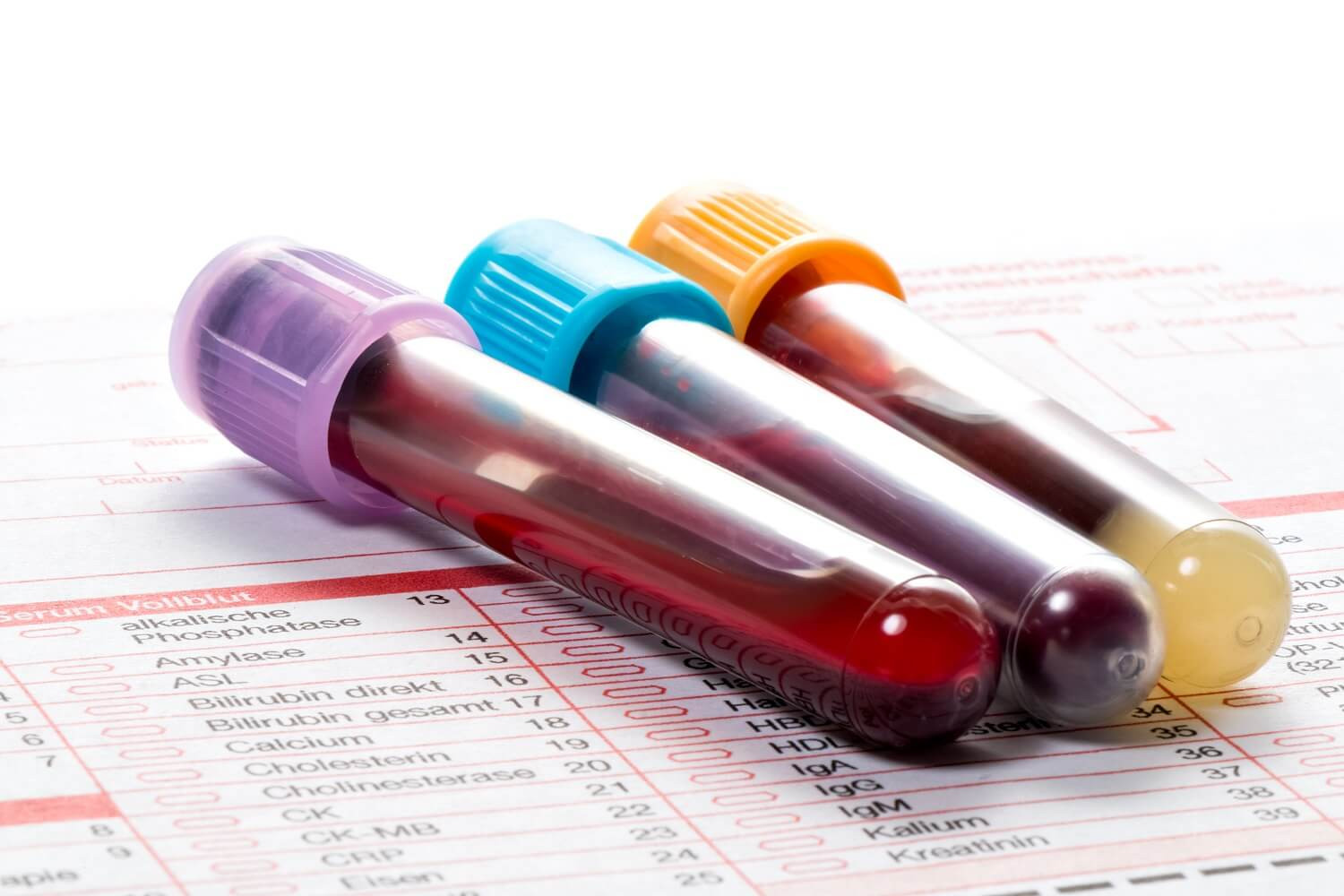
Eating Right for Your Heart Health: A Guide to Managing Coronary Heart Disease
Coronary Heart Disease (CHD) is a condition that affects over 20 million Americans, and it is caused by a buildup of plaque in the arteries carrying blood to the heart. It is a serious condition that can lead to heart attacks, stroke, and other complications. Fortunately, there are steps you can take to manage CHD, and one of the most important is to eat a heart-healthy diet. In this guide, we will discuss the best foods to eat if you have CHD, and offer some tips for making healthy dietary choices.
Emphasize fruits and vegetables
Fruits and vegetables are high in nutrients and low in calories, making them an excellent choice for heart health. Aim to eat at least five servings of fruits and vegetables a day, and choose a variety of colorful produce to ensure you are getting a range of nutrients. Foods like leafy greens, citrus fruits, berries, and cruciferous vegetables like broccoli and cauliflower are especially good for heart health.
Choose healthy fats
Not all fats are created equal, and some types of fat are actually good for your heart. Focus on monounsaturated and polyunsaturated fats, which can be found in foods like fatty fish, nuts, seeds, and avocados. These fats can help lower your cholesterol levels and reduce your risk of heart disease. Avoid trans fats, which are often found in processed foods like baked goods and fried foods.
Limit saturated and trans fats
Saturated fats can raise your cholesterol levels and increase your risk of heart disease. These fats are found in animal products like meat and dairy, as well as in certain oils like coconut oil and palm oil. To reduce your intake of saturated fats, choose leaner cuts of meat, and opt for low-fat or fat-free versions of dairy products. Trans fats, which are often found in processed foods, are even worse for your heart health than saturated fats. Look for foods that are labeled as trans fat-free, and avoid fried foods and other highly processed foods whenever possible.
Cut back on sodium
Sodium can raise your blood pressure, which is a major risk factor for heart disease. To reduce your sodium intake, limit your consumption of processed foods, which often contain high amounts of sodium. Instead, try cooking more of your meals at home, using herbs and spices to flavor your food rather than salt. When eating out, ask for sauces and dressings on the side, and avoid dishes that are heavily salted.
Watch your portion sizes
Overeating can contribute to weight gain, which is another risk factor for heart disease. To avoid overeating, pay attention to your portion sizes. Use smaller plates and bowls, and avoid going back for seconds. Practice mindful eating, taking the time to savor your food and pay attention to when you feel full.
Eating a heart-healthy diet is one of the most important things you can do to manage Coronary Heart Disease. By emphasizing fruits and vegetables, choosing healthy fats, limiting saturated and trans fats, cutting back on sodium, and watching your portion sizes, you can reduce your risk of heart disease and live a healthier life. Of course, this is only one aspect of managing CHD, and you should always consult with your doctor about other lifestyle changes you can make to improve your heart health. But by making these dietary changes, you can take charge of your health and give your body the tools it needs to thrive.
Here’s the link to what I use to support healthy heart function.
Get my free guide “Anti _Inflammatory Guide - foods to avoid, foods to enjoy!”
Ask me about the 11 day jumpstart to lose 7-15 lbs in 11 days and reduce inflammation.
You can monitor your blood pressure at home with a blood pressure monitor for home use.
#paidlinks
Disclaimer: The information in this article is for educational purposes only and should not be considered medical advice. Please consult with a healthcare professional before making any changes to your diet or lifestyle.
















0 Comments